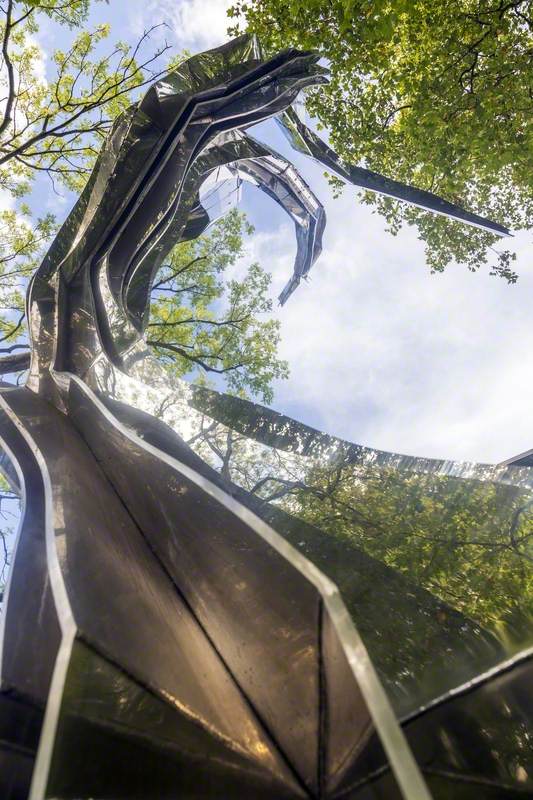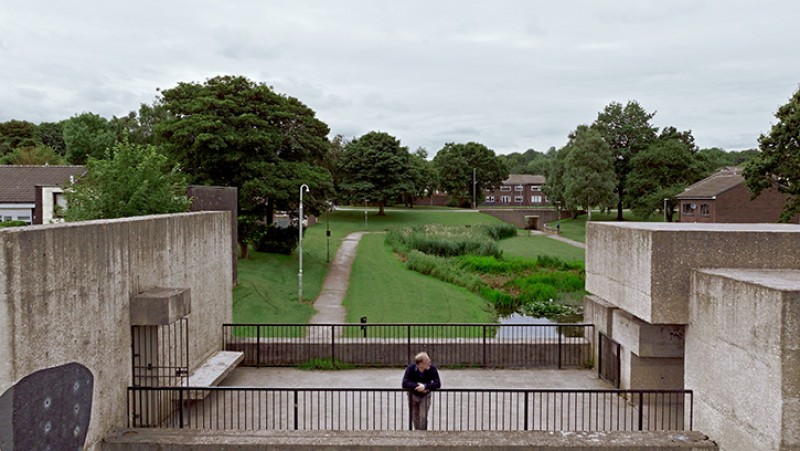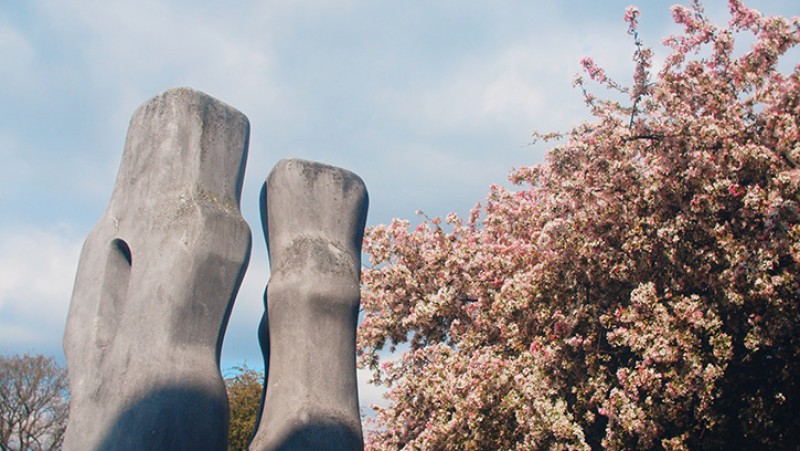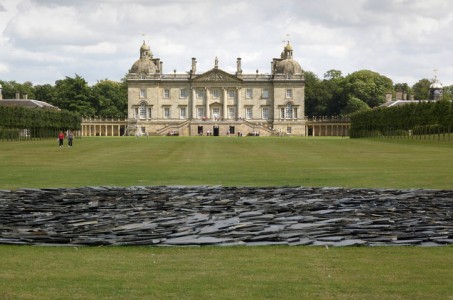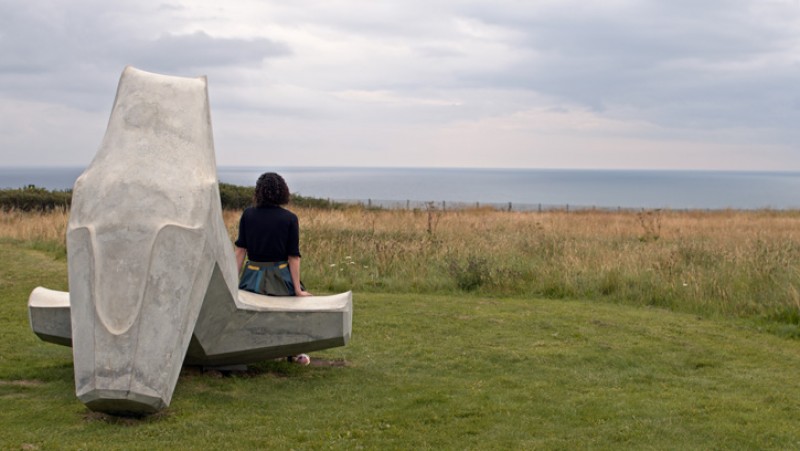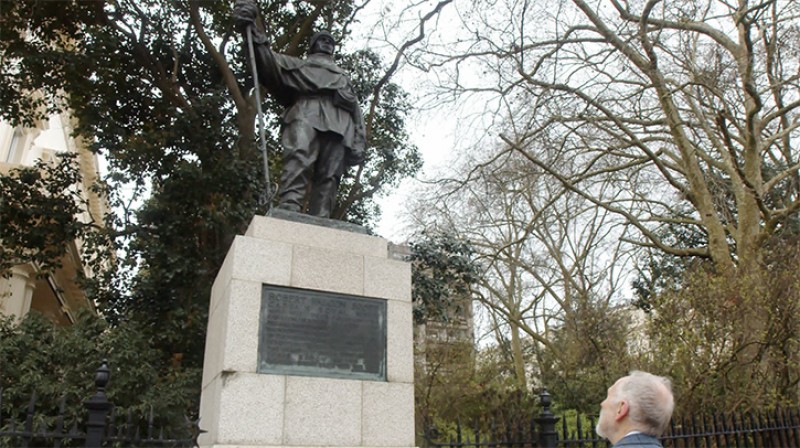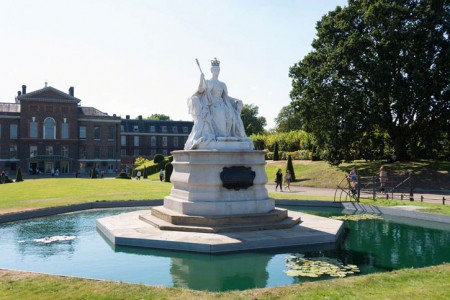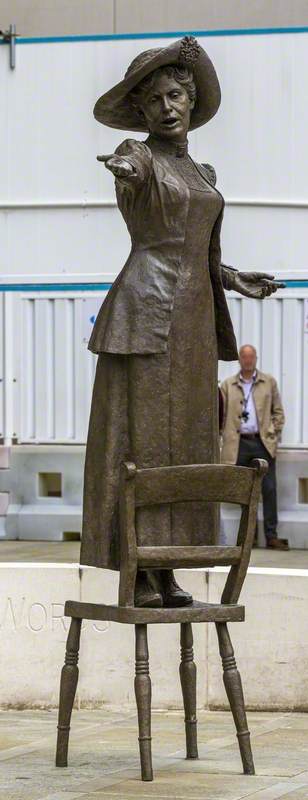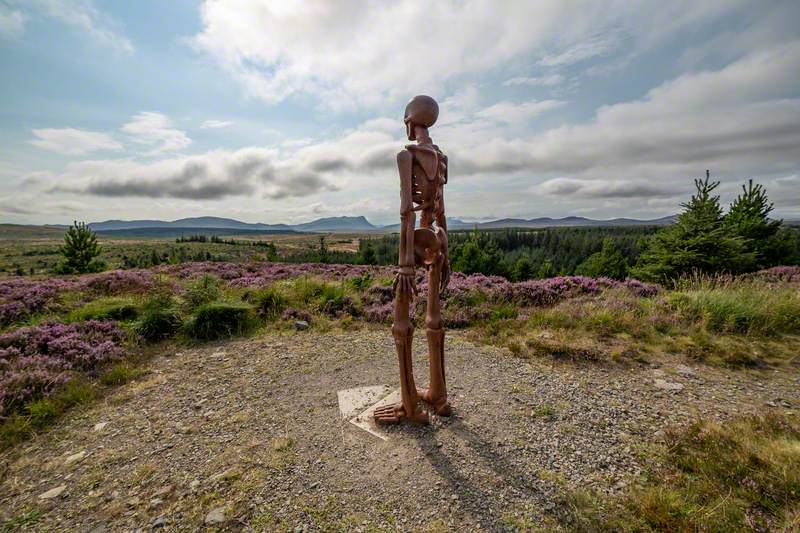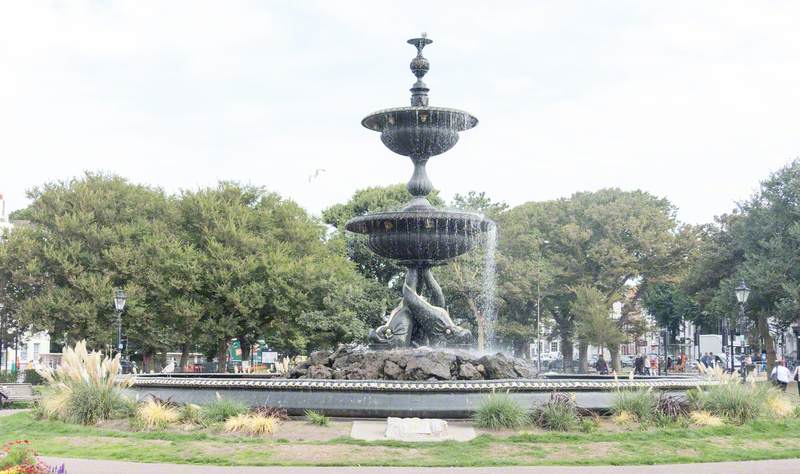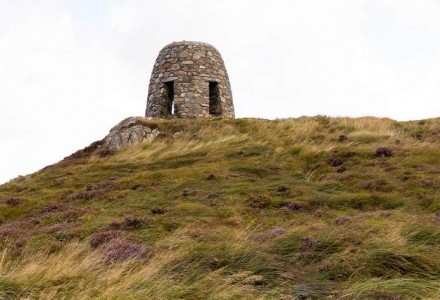When The Whitworth was founded in 1889, it was the first English gallery to be situated in a park. In stark contrast to the urbanisation of Manchester, this space became home not only to parakeets, doves and robins, but also sculptures.
In 2016, a new addition was made, a striking sculpture comprising twisting and turning steel. It's become known locally as the 'ghost tree' and was created by the artist Anya Gallaccio. It is the subject of a new film by HENI Talks.
Gallaccio, who is part of the group known as the Young British Artists, is concerned with the relationship between nature and culture. She uses natural materials as the basis of many of her artworks; the lifecycle of the natural world, and concepts of rebirth, recur in her practice.
In her commission for The Whitworth, Gallaccio took, as her starting point, the absence of a tree that had once been in the park. Sadly, the tree had died and so it was felled in 2014. Gallaccio responds to its loss by re-imagining the tree as a ghostly negative form.
Her choice to use reflective stainless steel means that the sculpture is constantly changing, appearing to shift from bright silver metal to a dappled green, depending on the time of day. It's both there and not there: a memory and a monument.
Not only does it illustrate the story of one tree, but also The Whitworth's history and its outlook today. Like many museums built in the late nineteenth century, The Whitworth presents an imposing brick building. But in 2015, the gallery underwent a major redevelopment.
Still from HENI Talk's film on Anya Gallaccio's 'Tree'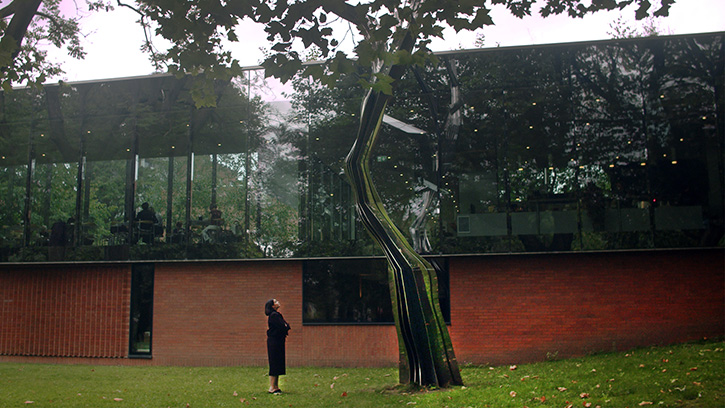
The renovated Whitworth was more porous, connecting the art inside with the park outside. Sight lines from the gallery are punctuated by London plane, ash and cedar trees. The positioning of the ghost tree connects the art inside with the park outside.
Gallaccio's tree reminds us of the special transformative power of art, drawing attention to the cycle of life, the act of memorialising, and the dialogue between the natural and human-made worlds.
Still from HENI Talk's film on Anya Gallaccio's 'Tree'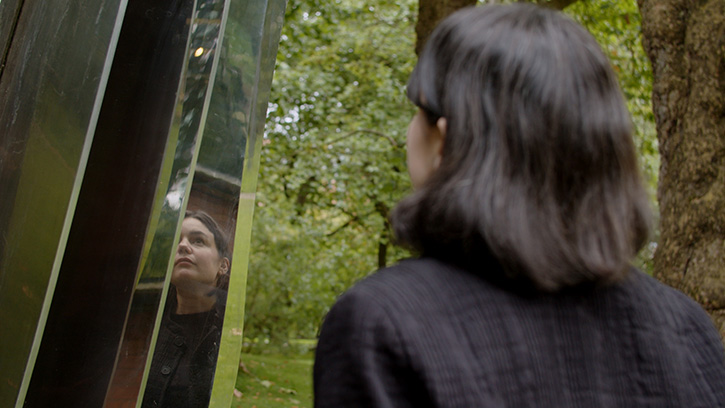
While the original tree is no longer, Gallaccio's tree is stopped in time, and in this way, it can be an important tool for gaining perspective on our world today.
Leanne Green, Curator at The Whitworth
Subscribe to the HENI Talks YouTube channel to be the first to know about new film releases

